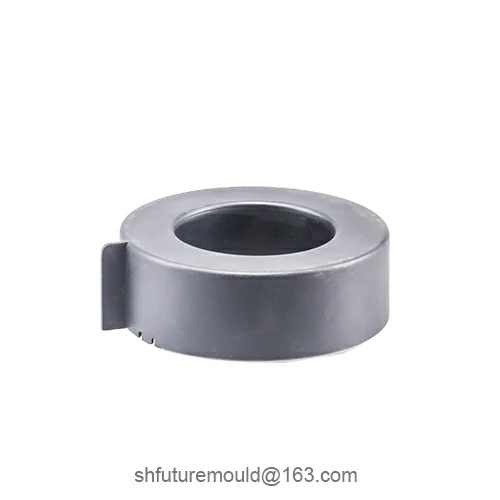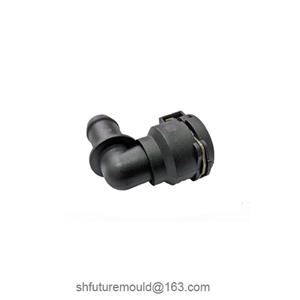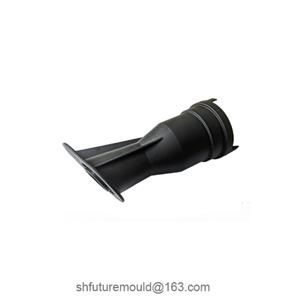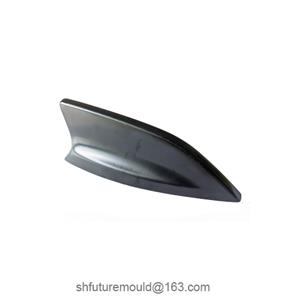Injection Mold Date Stamp
The injection mold date stamp is an information device on the mold used to mark production year and month. Imprinting date codes on plastic parts facilitates production batch tracing and quality management. A well-designed date stamp enables fast, accurate, and stable date marking, providing reliable support for quality control and after-sales services.
1. Functions of Date Stamp
Production Traceability
Quickly identifies product manufacturing dates for batch management.
Enables precise tracing to specific production times in case of quality issues, narrowing troubleshooting scope.
Quality Assurance
Determines warranty status via date codes during the coverage period.
Enhances customer trust in product quality.
Anti-Counterfeiting & Anti-Diversion
Combines with other identifiers (e.g., manufacturer codes) to serve as an anti-counterfeiting feature.
Prevents cross-regional sales diversion or mixing of products from different batches.
2. Structural Components of Date Stamp
Dial/Wheel
Year Wheel: 2–5-digit number dial for marking the production year.
Month Wheel: a 12-groove dial to indicate the production month.
Day Wheel: 28–31-groove dial for marking the production date.
Driving & Positioning Mechanism
Adjustment Mechanism: Manual setting of dial positions via external levers or knobs on the mold.
Positioning Dents: Each groove aligns with a positioning dent to prevent slippage after adjustment.
Mounting Base
Bracket: Secures the dial assembly evenly on the mold cavity side to withstand injection pressure.
Screws & Dowel Pins: Prevent component loosening or misalignment during high-pressure injection.
3. Usage & Maintenance Guidelines
Periodic Calibration
Verify year, month, and day settings before each production run.
Avoid date errors caused by forgotten adjustments.
Cleaning & Lubrication
Regularly remove plastic burrs and debris from dial gaps.
Apply light lubricant to rotating bearings and dowel pins to ensure smooth operation.
Wear Inspection
Routinely check high-wear areas (e.g., engraved numbers, positioning dents).
Replace components immediately if engravings fade or positioning accuracy degrades
- Injection Mold
- Automotive Injection Mold
- Electronics & Electrical Injection Mold
- Consumer Goods Injection Mold
- Airplane Components Injection Mold
- Medical Components Injection Mold
- Irrigation Components Injection Mold
- Injection Molds




